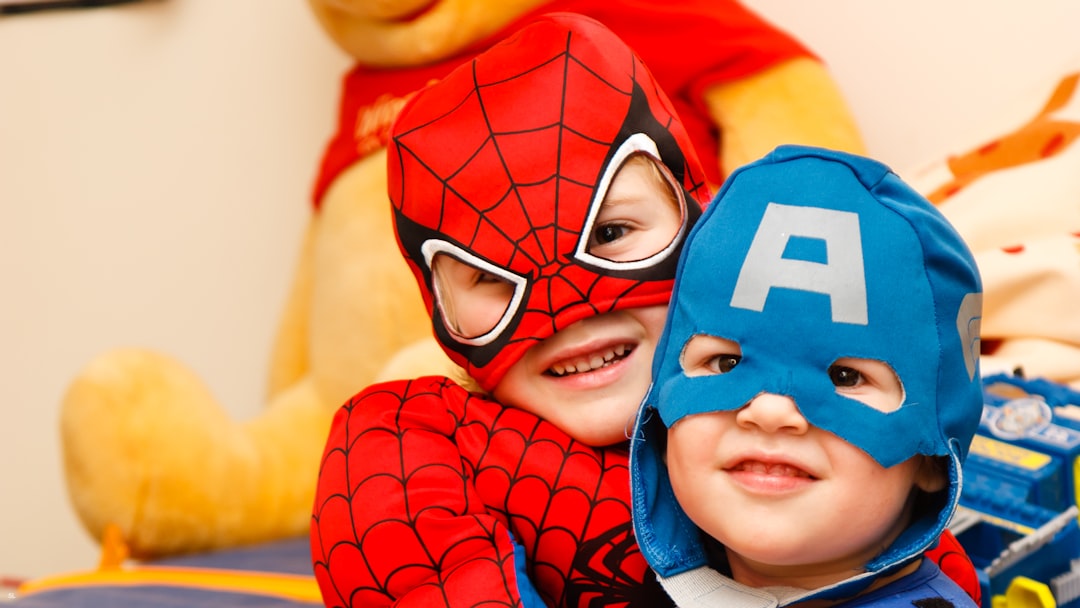
Creative Tips for Keeping Kids Entertained During Travel.
# Introduction. Traveling with children can be a challenging yet rewarding experience. While the excitement of exploring new places can be palpable, maintaining the interest and entertainment of young ones is crucial. Without proper planning and activities, the travel journey can quickly become fraught with dissatisfaction and discomfort for both parents and children. In this guide, we’ll share practical and creative tips to keep your kids engaged, entertained, and happy during all types of travel—whether by plane, car, or train. # Careful Planning is Key. Taking the time to prepare your travel itinerary will set the tone for how well you can engage your kids throughout the journey. Start by considering the duration and nature of your travel. Long flights or car rides can be more taxing, demanding a richer array of activities to occupy their time. Create a list of possible entertainment options, from electronic devices to interactive games, and ensure that you have a balanced mix. This may involve downloading audiobooks, movies, or games ahead of time or planning for interactive travel games that all family members can participate in. # Age-Appropriate Activities. When selecting entertainment options, it’s essential to consider the specific age group of your kids. Young children may enjoy puppets, coloring books, and interactive storytelling apps, while older kids might prefer engaging with mobile games, puzzles, or even creating travel journals. Tailoring activities to align with their developmental stages can keep them occupied longer and make them feel valued and included in the travel experience. Additionally, consider bringing a mix of quiet activities like books and lively games that can be played with the family when the situation allows. # Incorporating Learning into Fun. Keeping kids entertained doesn’t mean sacrificing educational value. This is an excellent opportunity to introduce them to the culture, history, or geography of the places you’re visiting. Use age-appropriate trivia games about your destination, bring along guidebooks, or use mobile apps designed for educational purposes related to travel. Encouraging children to engage with their new environment through these activities can transform the travel experience into not only fun but also a learning adventure they will treasure for years to come. # Break it Up with Frequent Stops. Long travels can feel monotonous, especially for children. Plan your route to include various stops—playgrounds, parks, or attractions related to your journey. Frequent breaks help them stretch their legs, and provide a sense of adventure, even when the destination is not the final objective. Turning these stops into short quests or challenges can further enhance their interest; for instance, looking for unique landmarks or geocaching can lead to exhilarating surprises along the way. # Maintain Comfort and Familiarity. Children often feel more comfortable when there’s an element of familiarity in an otherwise unfamiliar environment. Packing a travel comfort item, such as a favorite toy, pillow, or blanket, can provide emotional support during the journey. Keeping snacks that they enjoy handy can also help stave off the grumpies. Familiar items help remind them of home, making them feel safe, and reduce anxiety about the unknown aspects of travel. # Engage Kids with Travel Memories. Incorporating activities that revolve around creating memories can engage kids significantly. Bringing along a scrapbook or an empty journal for kids to fill with their travel experiences gives them an opportunity to participate actively in the journey. They can draw pictures, write about their favorite moments, and collect mementos throughout the trip. This creates not only lasting memories but teaches them to treasure and document experiences, which can be valuable for future travels as well. # Conclusion. Keeping kids entertained during travel isn’t a one-size-fits-all situation; every family will have different needs and preferences. The key is to plan ahead and incorporate variety and enthusiasm in your strategies. Blend entertainment with learning, provide comfort, and embrace opportunities for spontaneous adventure. Ultimately, these tips will ensure that every family trip becomes an enjoyable experience, filled with laughter, exploration, and family bonding moments that you will all cherish forever. .








